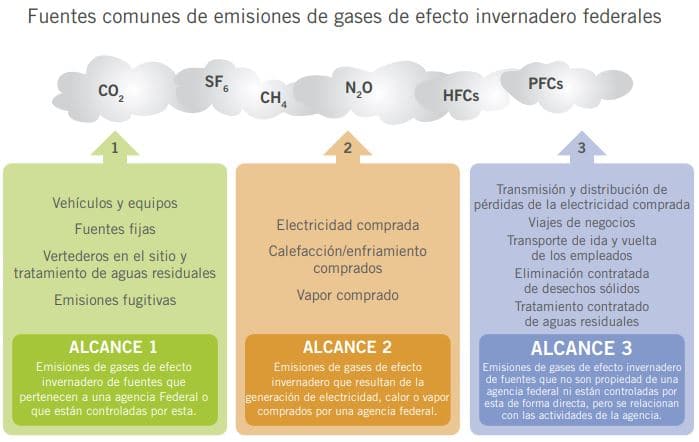-
Phone Number
-
Email Address
One thing is clear to us, we must respect nature and the environment if we want to have a more sustainable future and promising. Among the different strategies that we can to consider in order to advance coherently, there is the construction of greener buildings s or that respect the environment environment and its occupants.
But how do buildings and homes influence the environment? environment. So that we have an idea, in the following graph we see the common sources of greenhouse gases greenhouse that affect us directly, and, mainly, in cities:

Most companies, come to the ‘ green building ‘ as a luxury with high costs in materials, installations, and right down to design, to meet LEED standards in buildings (Leader in Energy Efficiency and Design) to give an example.
One of the disadvantages tested in society is that it does not adequately explains what are the advantages of green buildings vs. construction traditional. But…
Why is green building necessary? buildings? Buildings, including resources used to create them, energy, materials and water necessary to build them and that they are in operation, produce a considerable effect on the environment, the environment environment, climate change and human health.
On average, as indicated in this report, buildings are responsible for the following:
That's true, those costs are real, but what about the economic benefits they bring to the owners and occupants?…
From the perspective of buildings and understanding their benefits, in the following article we can see an example architecture on a green building that really amazes observers.

We can list some advantages of the building green :
Today, the awareness of companies little by little Little is changing in favor of a more sustainable building and with less costs in the useful life of the Building. And of course, also in its occupants, an example is the tendency to have gardens inside the houses and we can see it in the article on vertical gardens in homes and buildings.